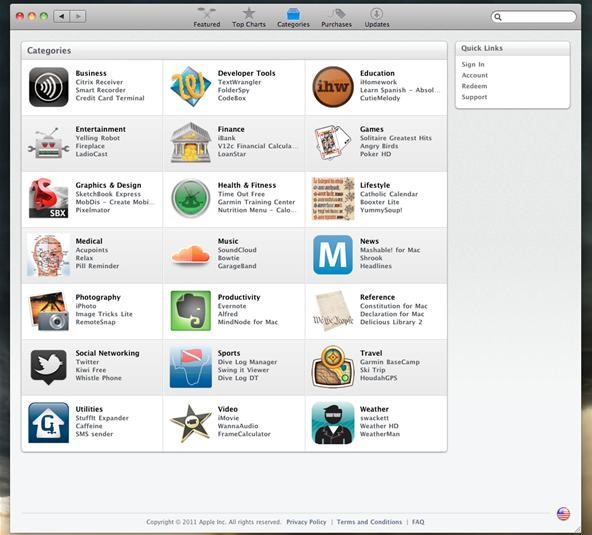

- #MESSAGES FOR MAC 10.6.8 FOR MAC OS X#
- #MESSAGES FOR MAC 10.6.8 INSTALL#
- #MESSAGES FOR MAC 10.6.8 DRIVERS#
- #MESSAGES FOR MAC 10.6.8 UPDATE#
When the install is done, Mac #2 will want to reboot.
#MESSAGES FOR MAC 10.6.8 DRIVERS#
The install will pick up where it left off, installing all the i5 or i7 proprietary drivers along with the remaining 10.6 pieces. Once that newly inserted 10.6 disc shows up, highlight the disc and choose it as your boot volume.Ħ. Here’s where you eject the retail version of 10.6, and pop in the 10.6 install disc that Mac #2 came with. Your Mac will be at a grey screen here, showing you available discs for booting. IMPORTANT STEP: about 20-30 minutes into the install, Mac #2 will try and restart. It needs to do this to install 10.6 on Mac #1.ĥ. Your Mac #2 will quit every open app and go into an install mode – this is okay. After the format & erase is done, pop the RETAIL version of the 10.6 installer disc into Mac #2, and hit “Install.” Tell it you want to do a new install of the OS on that Mini (that’s Mac #1) sitting on your desktop. Personally, I always do a “zero out data” and (depending on time & existing data) possibly a low level format.Ĥ. Launch Disk Utilities, nav to the Mini, and erase the entire disc. The Mini should pop up on your Mac’s desktop as an external disk.ģ. Hook up the FW800 cable between the Mini and your i5 Mac (for me, I used my 2.4 i5 MBP), and restart the Mini in Target mode. Tell it you want to boot it into Target Disk Mode.Ģ. Grab your Mini, and go to System Preferences » Startup Disk.

Here’s the methodology I used, based on this thread over on the Apple discussion boards… you’ll need the following: Luckily, there’s a way to get rid of that nasty “not ready for primetime” OS as long as you’re not scared of getting your hands dirty. In a production environment, you don’t need a version of your everyday OS acting all hinkie… but that’s what Lion has been doing since I was forced into using it on a new Mac Mini I got about a month ago for dev.Īfter numerous attempts to wipe & install 10.6.8 (after having backed up files using a USB 3 duplicator, of course) using an external DVD drive, I was coming up dry. Man, do I hate OSX v10.7, aka “Lion.” Like, I really, *really* hate it.
#MESSAGES FOR MAC 10.6.8 FOR MAC OS X#
Wechat For Mac Os X 10.Installing OSX on a i5 Mini using Target Disk Mode Feel free to contact me if you can help replace any of the '?' entries.
#MESSAGES FOR MAC 10.6.8 UPDATE#
The largest (non-combo, non-main OS release) update was 10.15.1 at 5.3GB. The smallest update was 10.3.1, at only 1.5MB.(Tecnically, it's actually the 192 day interval between the Mac OS X Public Beta and version 10.0, but I'm counting from the official 10.0 release.) The longest time period between any two minor releases is 165 days, which was how long we waited for the 10.4.9 update.The shortest time period between any two releases is six days, which is how quickly the 10.15.5 Supplemental Update 1 came out after the 10.15.5 release.So on average, we've seen some sort of update every 50.9 days. As of March 8th, 2021 (11.2.3's release date), it's been 7,481 days since the Public Beta was released.This version was only for the then-new PowerMac G5 and the flat panel iMac G4, and was never generally released. This figure includes the one odd macOS X release: 10.2.7. Starting with the Public Beta and up through 11.2.3, there have been 147 macOS releases, both major and minor.Some random notes, updated from the original post: Ⓘ Leopard - First universal binary release Ⓘ Snow Leopard - First Intel-only release Ⓘ Lion - App Store only (USB stick later) Fixes a launch issue for certain 32-bit apps


 0 kommentar(er)
0 kommentar(er)
